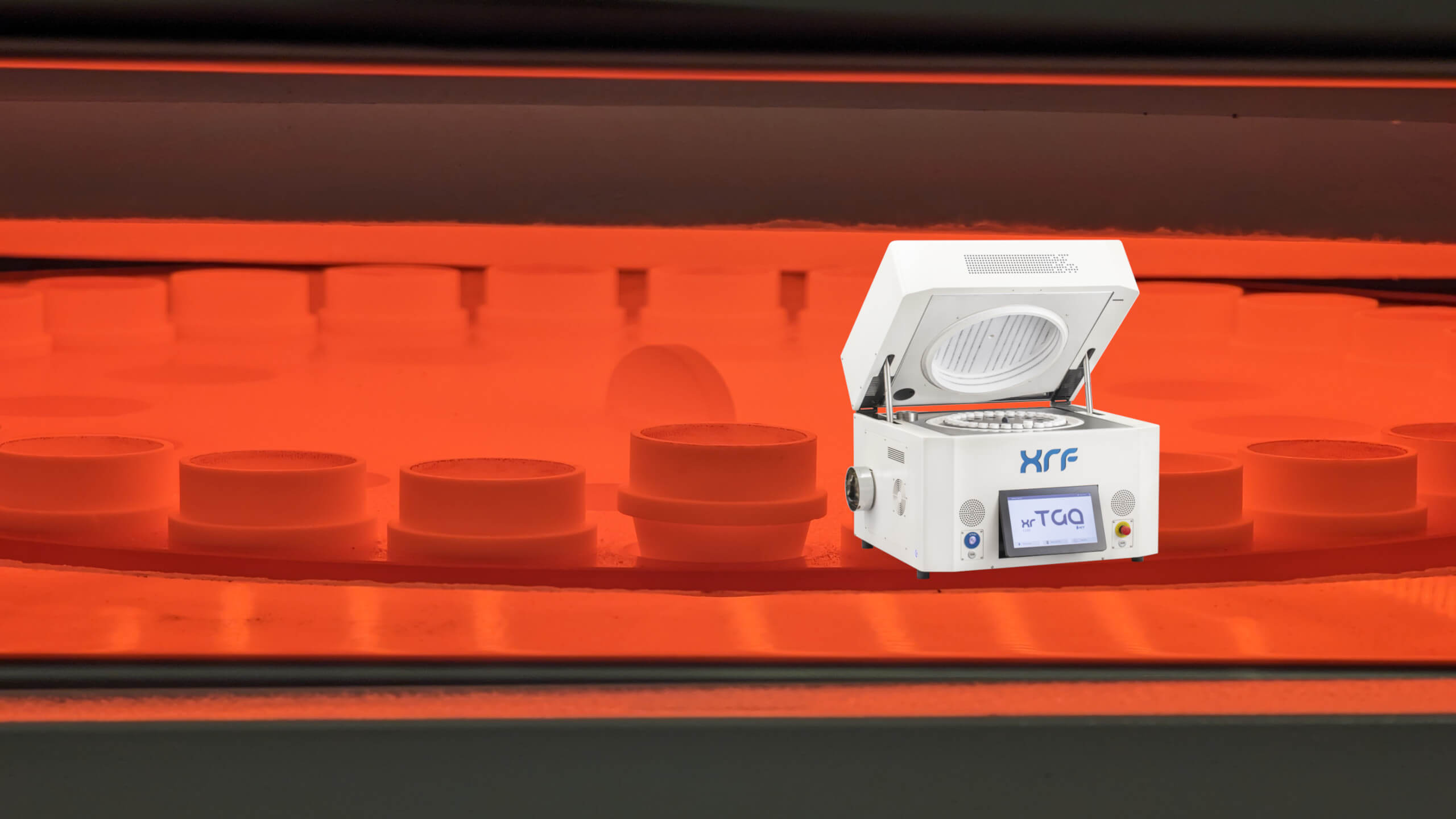Latest News
XRF in Rugged Environments: Pushing the Boundaries of Critical Mineral Analysis
In the quest for critical mineral resources, the landscape is changing—literally. Exploration teams are being driven farther into extreme terrains: icy plateaus, arid deserts, dense rainforest, and high-altitude fault zones. These are places where infrastructure is minimal, access is limited, and conventional laboratory workflows for critical mineral analysis are often unworkable.
To meet the growing need for essential elements like cobalt and rare earths, field teams require data where it matters most...

Tackling Complex Geology: How XRF is Powering Critical Mineral Extraction
The demand for critical minerals has never been higher. Electric vehicle manufacturers, renewable energy companies, and high-tech industries all depend on rare earth elements (REEs), cobalt, and nickel to build the technologies of the future. Yet extracting these minerals is rarely straightforward. Ore deposits often occur in geologically complex formations, where mineral compositions vary significantly and require precise, real-time analysis to ensure efficient processing.
X-ray fluorescence (XRF) technology is powering a transformation in critical mineral extraction. Its ability to deliver rapid, non-destructive elemental analysis allows mining companies to accelerate exploration, optimize ore processing, an...

The Smart Mining Revolution: Integrating XRF into the Digital Mining Ecosystem
Mining is evolving at an unprecedented pace. Gone are the days of manual sampling and slow, laboratory-based analysis. Today, the industry is shifting towards a fully connected, data-driven ecosystem, where automation, artificial intelligence (AI), and real-time analytics guide decision-making. This transformation, known as the smart mining revolution, is reshaping operations to be safer, more efficient, and more sustainable.
At the core of this revolution is X-ray fluorescence (XRF) technology. No longer just a laboratory tool, XRF is now integrated into digital mining systems, providing instant elemental analysis that helps mining companies optimize extraction, reduce waste, and ensure compliance with enviro...













